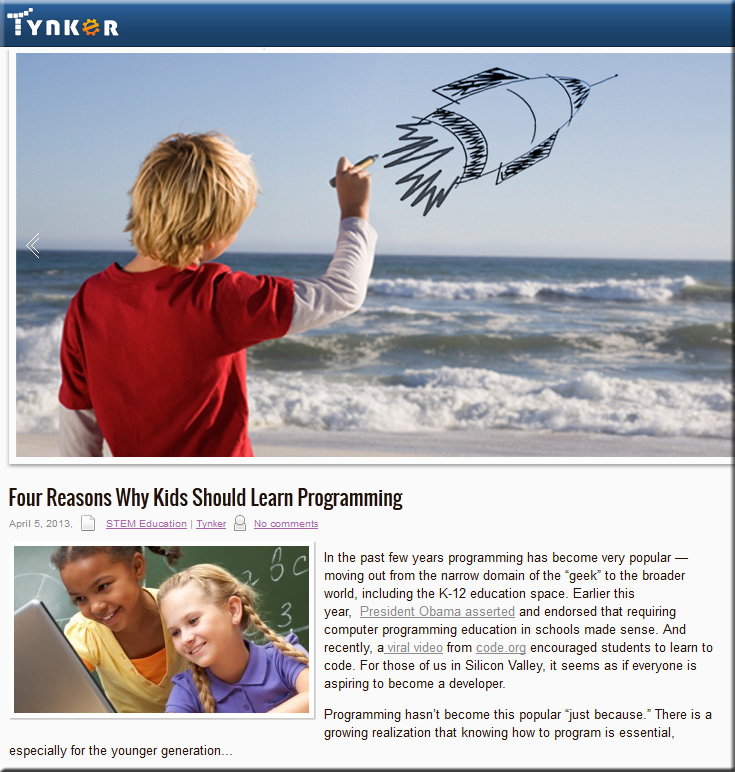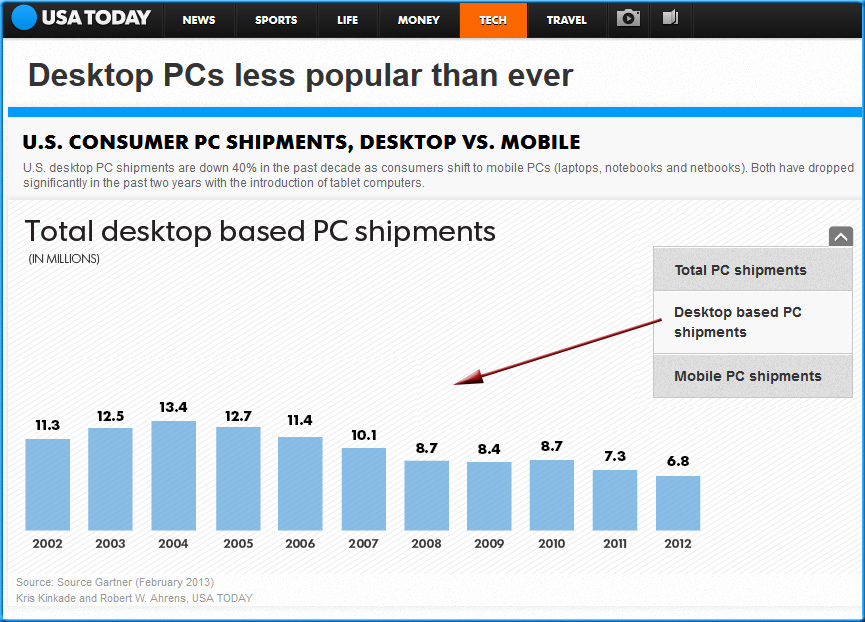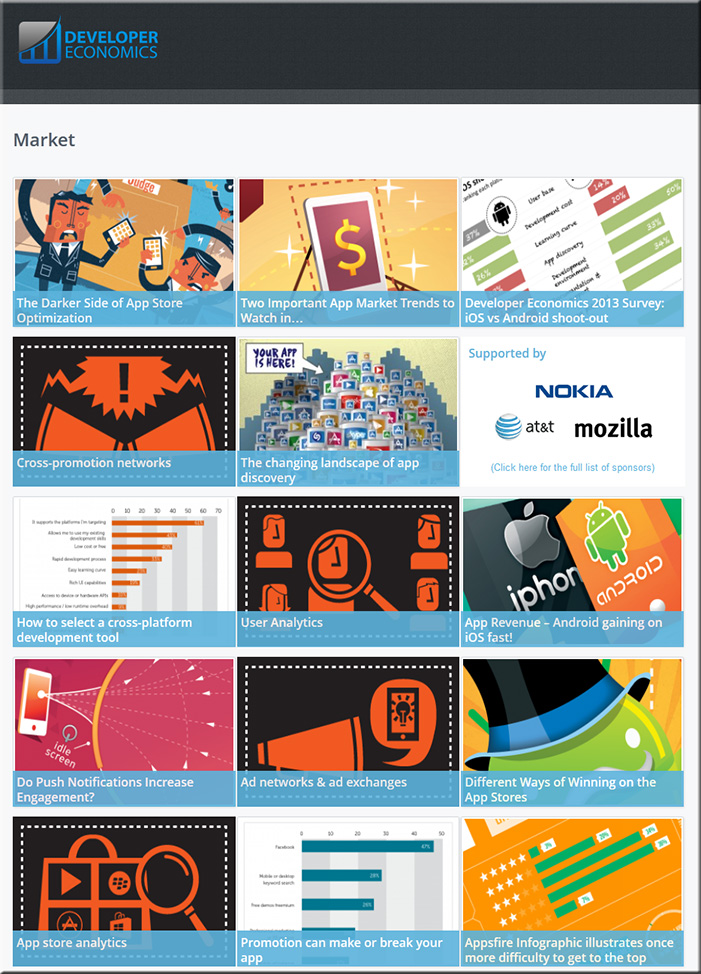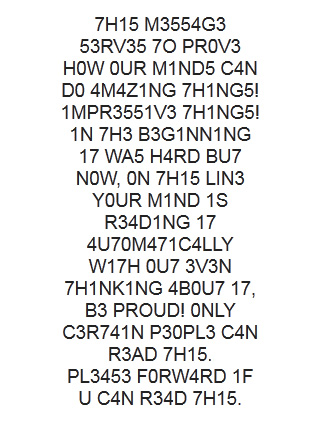The tech industry’s massive marketing problem — from readwrite.com by Matt Asay
.

Excerpt:
The US has a skilled developer shortage, and it’s one of its own making. While Silicon Valley wrings its hands over H1B visa caps on skilled foreign workers, the bigger issue remains the U.S.’ inability to educate its own citizens. Actually, it may be worse than this: while we may educate a surplus of STEM (Science, Technology, Engineering and Mathematics) students for traditional STEM roles, we seem to fail to entice enough of them to get into technology.
Which is bizarre, if we stop to think about this for even a nanosecond.
Comments/reflections on this from DSC:
I think that the shock waves are still being felt from the decades’ worth of how the corporate world handled IT-related personnel and projects — that and the Dot Com crash.
A member from our CS department mentioned a while back that many of the high school career counselors were encouraging students not to go into a technology-related field such as programming. I think they were basing such a perspective on how quickly the tech-related projects and personnel were dropped when the economy started heading south.
Another tough thing about the tech-side of the house…
With the pace of technological change, choosing which technologies to invest one’s time in is very difficult. One can easily choose an incorrect path or a product line or a programming language that didn’t turn out to be the one in demand.









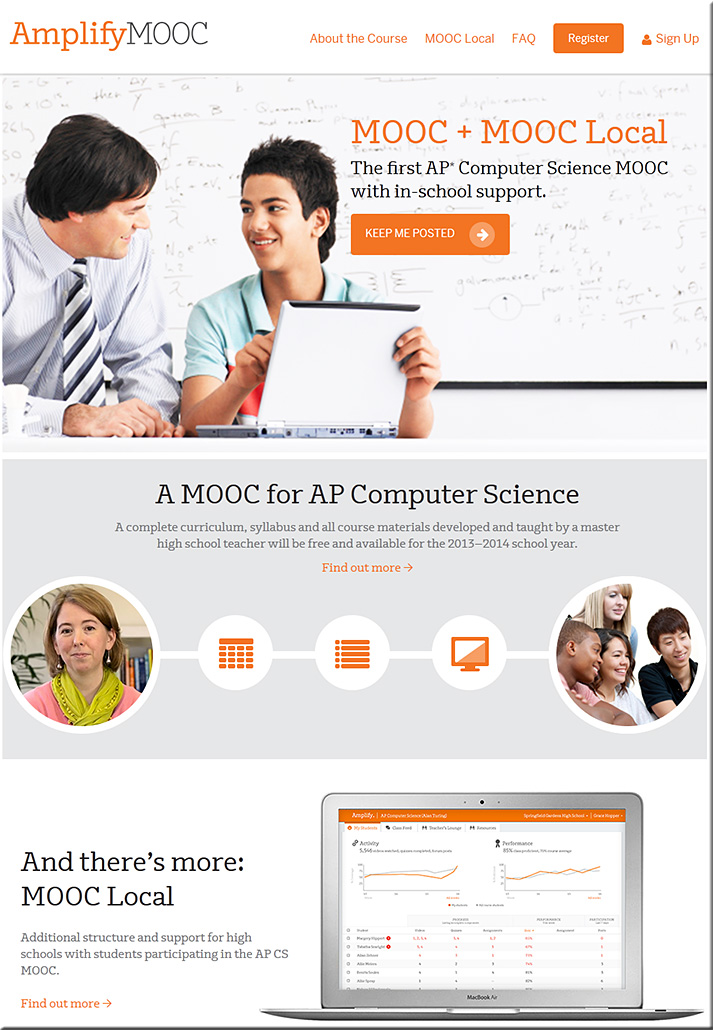
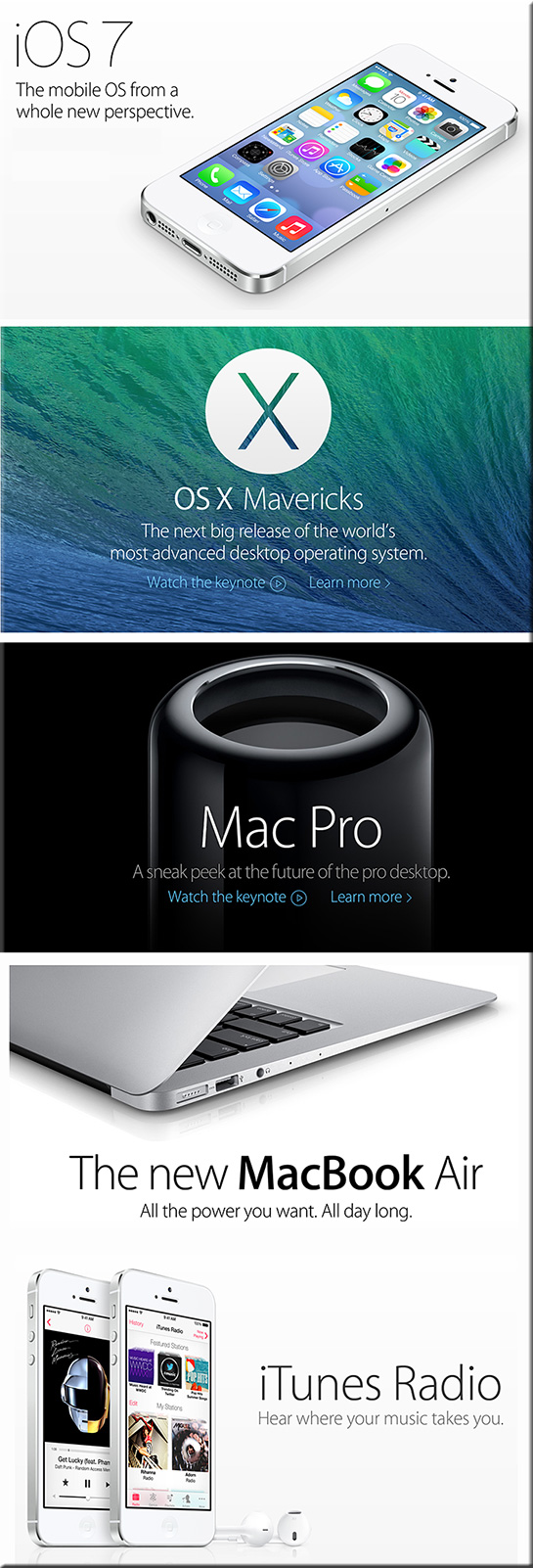



![The Living [Class] Room -- by Daniel Christian -- July 2012 -- a second device used in conjunction with a Smart/Connected TV](http://danielschristian.com/learning-ecosystems/wp-content/uploads/2012/07/The-Living-Class-Room-Daniel-S-Christian-July-2012.jpg)
